I’ve already imagined a future where AI writes books in nanoseconds, so when I heard this, I tried not to panic. Then I asked myself, How do humans who write the “old-fashioned way” even compete?
We can’t. We shouldn’t. I won’t.
Humans are all the rainbow colors of creativity, chaos, energy, and soul. That essence lives in our books. I believe this essence will always infuse my generative process. I’ll never fully give my process over to AI tools and systems in some sort of productivity perfection.
It’s tempting to let machines, assembly lines, and the cogs and wheels of capitalism set the standard for what’s efficient. (Was that writing session “worth your time”? Did you “get a lot done”? Those voices are loud.)
I’d like to leave the definition of productivity to me, the creative individual, while also somehow managing to meet the needs of deadlines and ticking clocks.
Over the years, I’ve found a process that jives with my love of art and colors. It’s a visual, slightly playful way for me to stay focused and productive. This process brightens my drafting and revision experience. Color coding also leaves me more knowledgeable, confident, and sure of my direction.
By the way, you may have already guessed I’m an intuitive writer. Check out the work of Becca Syme on this enlightening podcast interview with author Joann Penn if you want to learn more about this type of writing process. Syme discusses how a lot of conversations about writing uplift those who use one method, which is outlining. The short version is, I write listening to the voices in my head, then I rough-outline (bullet point) my character goals as obstacles, as well as scene sequences and beats, and then revise. Rinse and repeat. I revise in a similar fashion, jumping between rough outlines and manuscript, and also jumping around the manuscript with Command-F/Control F in order to keep threads and arcs going. My very being resists regular use of spreadsheets and outlines. Sure, I’ll give all these a whirl but I am at my core, as Penn says, “a discovery writer.”
It’s worked for 8 books and counting!
Here are some coloring tips. Full confession: you’re about to see some messy first draft and late-stage writing here.
My color coding system
- Use yellow to mark revision spots.
- Use a few colors to track desire lines, themes, and/or arcs.
- Use yellow and blue to mark showing vs. telling.
- Use the red of Track Change as motivation.
Because writing is discovery for me, I need a breadcrumb system during early drafts to signal return spots. I leave myself questions and “UGH REWRITE” messages, then mark these with yellow highlights.
Sometimes I do have to argue with that judge-y invisible editor snarking on my shoulder—the one nudging me off the page toward internet research or self-doubt. This editor sounds like a joke my musician partner and I have, a paraphrase of bluegrass musician Jimmy Martin talking about getting snubbed by the Grand Ol’ Opry: “Guess you ain’t got good enough yet.” Highlighting keeps me on track when all the ugly inner voices rail against my writing.
I also use this method to keep momentum during a later revision. A lot of new writing happens in late stages, so I remind myself to return. For example, see below an excerpt from a page of my current manuscript, When Pigs Fly, a young adult novel where I’m doing a Revise and Resubmit for an editor. Because I’m doing a big restructure, it’s important to not be too precious with my wording. Any janky new writing I just added, I mark to fix later with the goal in mind. Just get the gist down, I tell myself. Ignore clichés and too much telling. JUST KEEP MOVING.
Do you have a lot of layers to your character motivations? Do you have a lot of themes you want to develop? Do you have various character arcs to track across chapters? You can write these all in spreadsheet rows or you can assign them colors as you revise. That’s me: big casts with lots of 3-D people I’m trying to get from my head onto the page.
When I’m revising the opening section of a novel, and I know my ending, I use this method to make sure that “all signs point” to these strong themes, arcs, and desire lines.
So I can’t spreadsheet, and I resist much outlining, but I can color code. Here's a snapshot of a system I’m using while writing a historical young adult novel called Here Comes the Dog Parade. The colors are my own choosing, and the wound, desire line, theme, and character goal are marked by pink, green, blue, and yellow.
- First I copy and paste wound, desire line, theme, etc. at the top of each chapter’s first page and color code them. Sometimes I haven’t discovered these goals till the second or third draft.
- Then I read a chapter with an eye for coloring those moments, a line or two, where this goal, theme, arc, or desire is addressed.
- With this editorial vision, I’m looking for the colors to be threads that repeat throughout the pattern of the book.
- Since characters evolve throughout the book, I update these desire lines and themes as things shift in the plot. (Note that I love Save the Cat beats to keep my work generally on track. I also love what Ursula K. Le Guin says about plot being essentially “change.” See her book, Steering the Craft: A Twenty-First Century Guide to Sailing the Sea of Story, for more.
You can tell I’m intuitive from the way I’ve got questions still spiraling here. TBD, aka “To Be Discovered.”
My college essay consulting with students and my coaching of writers of all ages emphasizes a core skill of knowing how to spot, enhance, and balance the specifics versus the generalizations, aka showing versus telling. One book that’s helped me is Showing & Telling: Learn How to Show & When to Tell for Powerful and Balanced Writing by Laurie Alberts. If you need good definitions of showing and telling, check it out.
I use yellow (what I call “gold”) to mark the lines that pop with specifics: sensory detail, dialogue, interior monologue, and more. It’s anything cinematic that creates a movie in a reader’s mind. I use blue to mark the parts where the writer or narrator stands further away from the action, giving sports commentary, aka telling, while not being as specific. Some sentences are a blend of the two, while others are fully living in one category or another.
Try marking up a paragraph of your own. I do this with my student’s writing all the time as well as mentor texts. I ask them which parts stick in your brain and which do not. I ask which parts meet the needs of the scene and the reader. I ask which craft techniques make writing memorable.
Color code to find that right balance, as Alberts says, in your own writing as well as your beloved authors. There’s no correct percentage balance–and one way isn’t bad and the other good. Telling gets a bad rap often, but consider this: check out the “telling” the voice of Elena Ferrante is, leaning into summary more than scene for so many pages–and yet HBO was able to make cinema, a whole series, from her Neapolitan novels. Her way works. The secret is the voice and the way she loops in and out of time. Whatever keeps the writing fresh makes it memorable.
Red pens get a bad rap but here’s how you can turn red on its head. Keeping Track Changes on while working in Microsoft Word (or keeping the Suggesting function on in Google Docs) during a heavy revision helps me stay encouraged. It’s a tiny way to congratulate myself as my spirits flag, showing me the positive signs of revision progress. It’s such a satisfying mouse click when I hit “Accept Change” over and over. Look at all you did! You done good, Lyn!
Here’s a draft (messy fourth draft) that will no doubt see many more red lines and letters.
Have fun coloring your manuscript up so you can be the writer that’s most gleefully productive. It’s like being a kid again with your own codes and language as you name your process.
Maybe one day there’ll be AI that I as author or editor can command to “find character’s desire line” as it scans a first draft. Maybe AI will be able to “find showing details that will most impact 15 year-olds.” Then maybe it will render me a report, pointing out places for me to dive back in to write better, go deeper. Analytical rather than generative, showing me ways I can be more “Lyn.”
Because that’s the mission, isn’t it? For my writing to be the best of me?
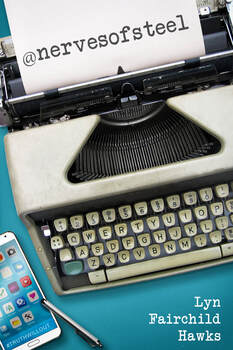
Minerva, first ninth-grader on her school paper, is ready to be the next Christiane Amanpour. It’s 2013 and Twitter’s a Wild West full of misogynist trolls, bullies Minerva would love to see banned. The biggest troll of all? The hottest guy in school—Chaz, basketball phenom—and he’s doing a full-court press to get with Minerva’s best friend, Diana.
Diana wants to fit in, and the whole school seems all in with Chaz and his Hot or Not tournament. When Minerva investigates hazing allegations and tracks tweets to the scene of a kegger, she finds Diana on the fast track to his despicable “Final Four”—a game of no consent.
Should @nervesofsteel fight back with reporting like the NYT or like TMZ?
Maybe Minerva needs to serve up vigilante justice for a girl who’s feeling like a lot more than a friend.
High school in the digital age is harder than Hades, but Minerva’s got nerve to do what it takes so #truthwillout.
Check out @nervesofsteel at Amazon, other ebook retailers, or your favorite bookstore or library.

A former high school and middle school teacher, Lyn runs Success Story Essay Consulting, helping students applying to college and writing novels express their authentic voices. She is the author of Teaching Macbeth: A Differentiated Approach and Teaching Julius Caesar: A Differentiated Approach (NCTE). She is the co-author of The Compassionate Classroom: Lessons that Nurture Wisdom and Empathy (Chicago Review Press) and Teaching Romeo and Juliet: A Differentiated Approach (NCTE).
Find Lyn at lynhawks.com and all the medias social.
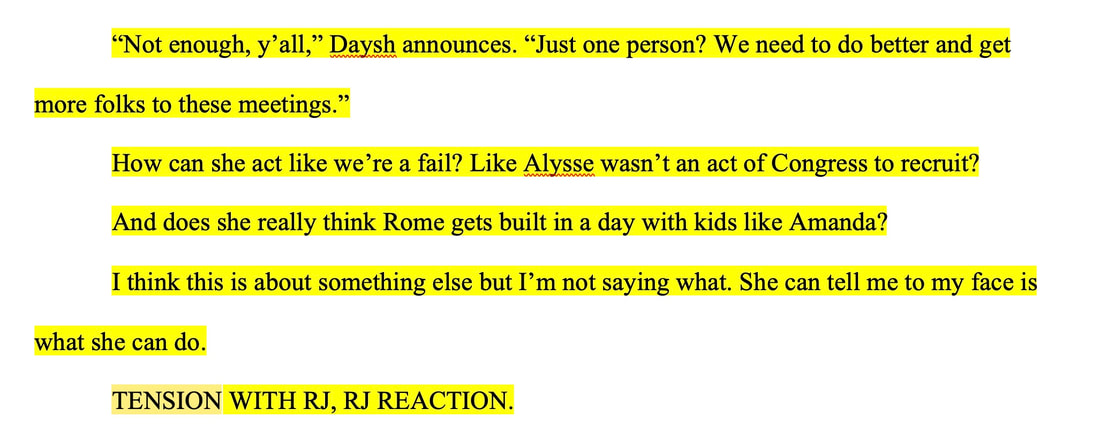
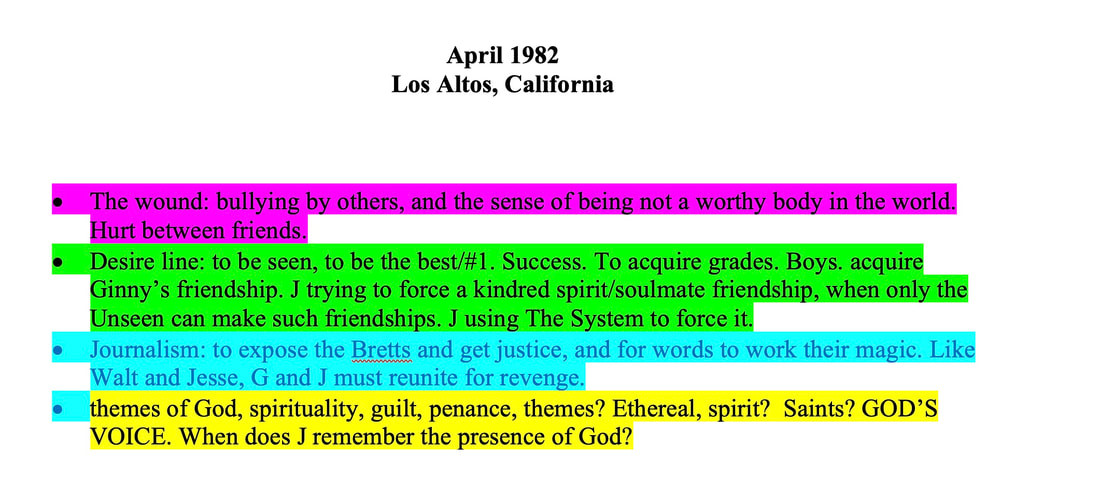
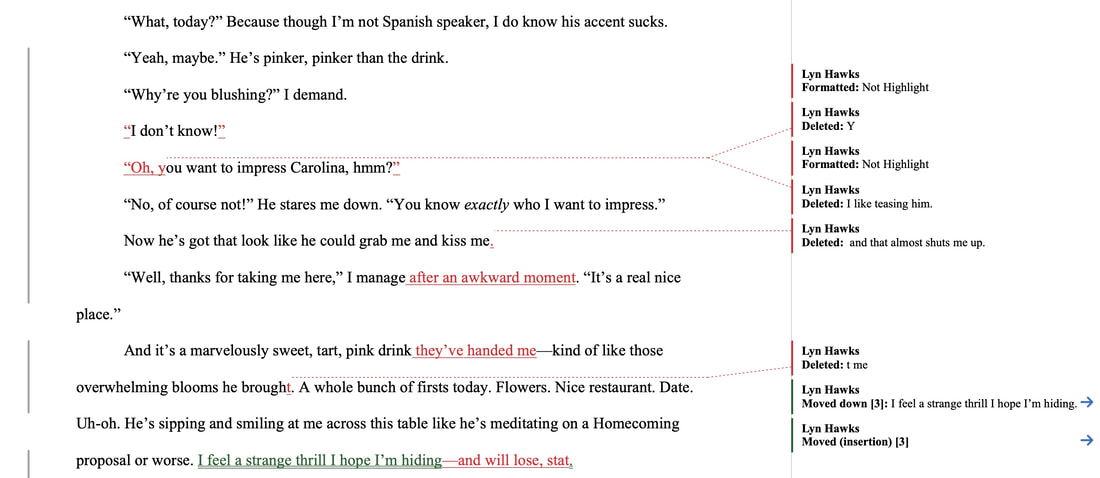
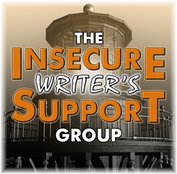


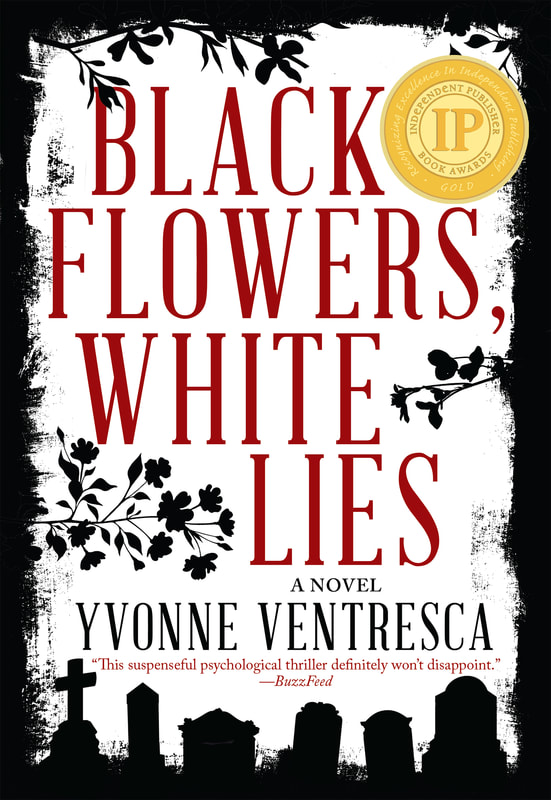
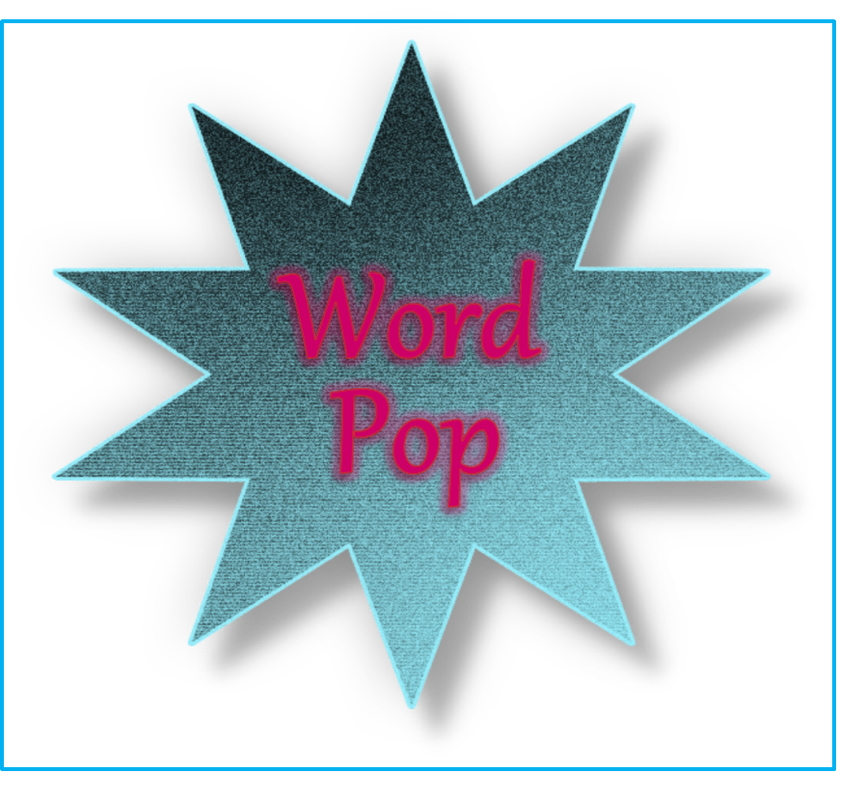
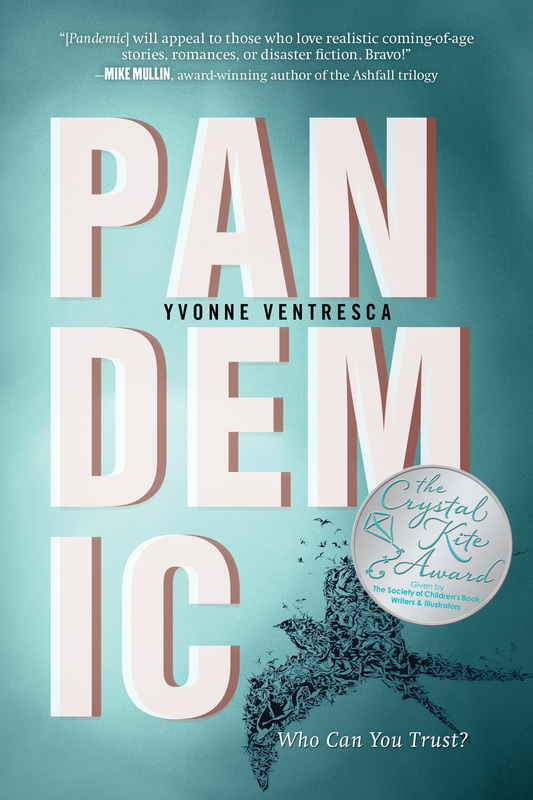
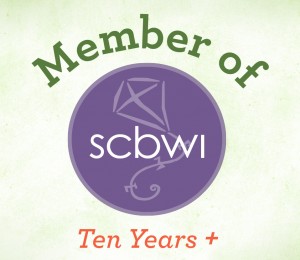

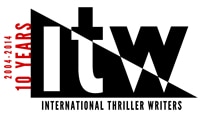
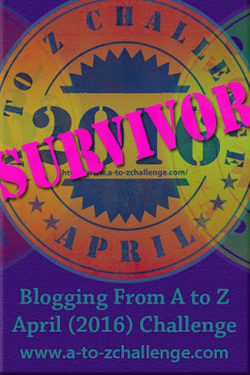
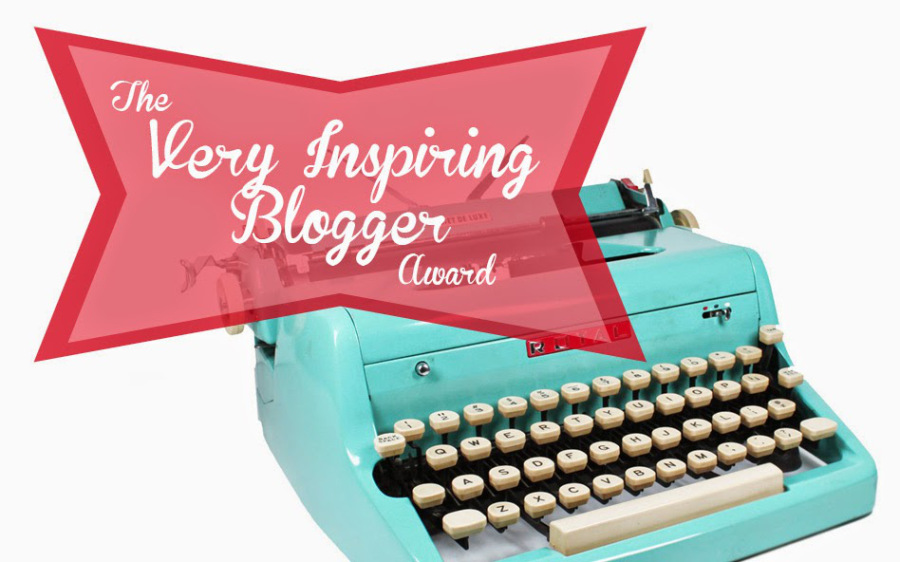
 RSS Feed
RSS Feed